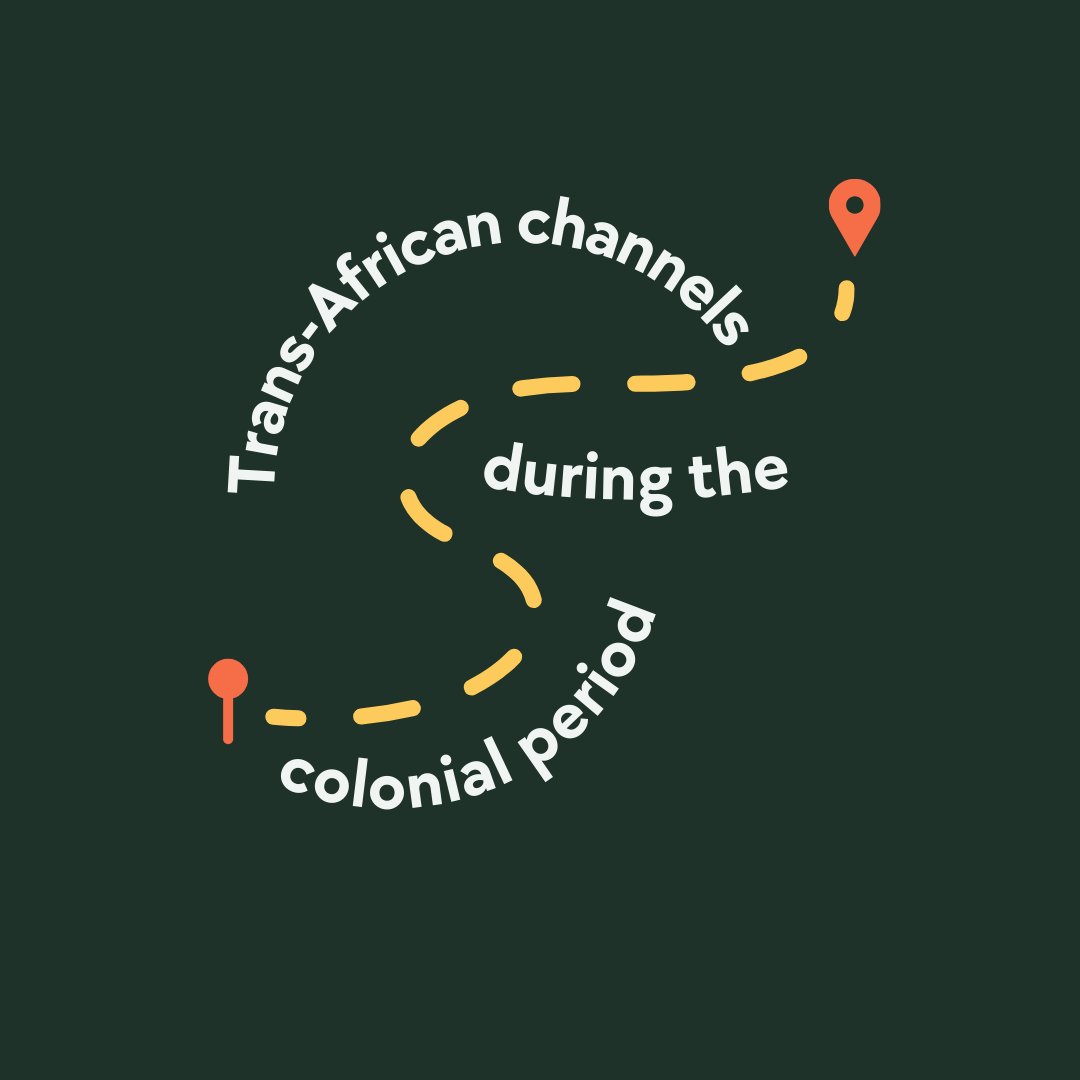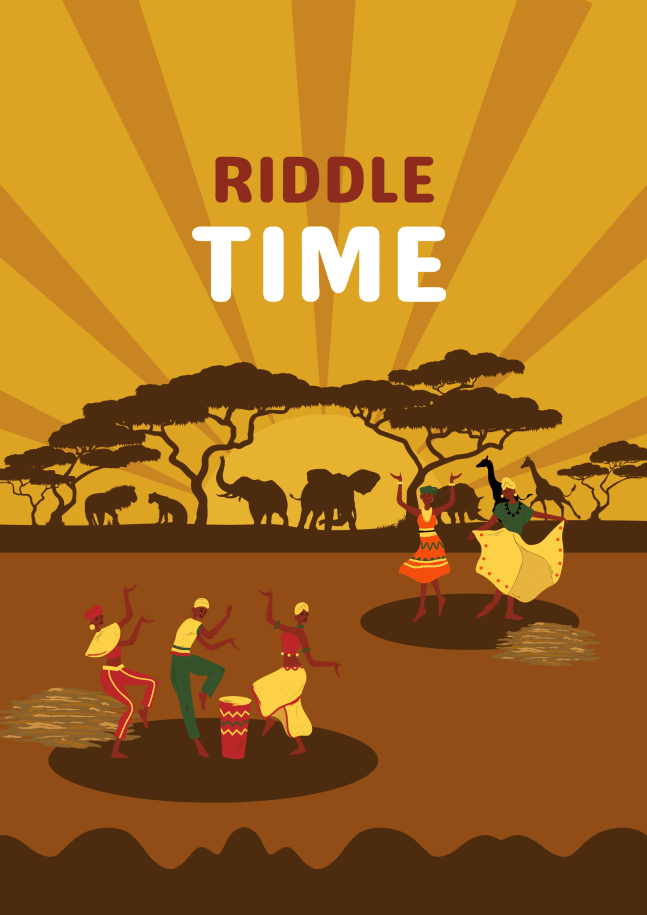Back in 2018, FIFA opened the floor for countries interested in hosting the 2026 Football World Cup to submit their bids. Two bids were received: one from Morocco, and the second as a united bid between the United States of America, Canada and Mexico.
Well, the thought of having a World Cup in my continent, while I am an adult, was unbelievable. The first and last time Africa hosted a World Cup was in the year 2010 when South Africa did so. At the time, I was still a kid (embarrassed to say how old). Therefore, there was nothing much I could do beyond watching it at home, and discuss it in school the next day.
This time, however, my friends and I were charged up on the prospects of having the World Cup closer to home, that we began making plans on how to arrive there. We picked up an atlas, opened the map of Africa detailing the transport routes, and started charting a road from Nairobi, Kenya, all the way to Rabat, Morocco.
We even, using the technique taught in Geography, measured the distance to be covered in the journey, then calculated the cost it would’ve incurred us. We even marked the exact number of countries we’d cross (at that time, we hardly knew of the strict visa regulations that exist in Africa).
It was that serious. Unfortunately, Morocco lost the bid, and the World Cup went to North America. Our dream of driving across Africa, from east to west, died that day. But not the thought of having a whole road connecting one end of the continent to another. The most notable one is the Great North Road which cuts from Cape Town to Cairo. But how did it come up? Let’s find out.

The British
During the Scramble and Partition of Africa in 1884, the British were able to acquire for themselves the colonies in the North Eastern, Eastern and Southern Africa. These countries included: Egypt, Sudan, Kenya, Uganda, Malawi, Zambia, Zimbabwe and South Africa.
Since all these countries were lined up from north to south, the British started thinking of a way to connect them and ease the movement from one colony to another. Edwin Arnold, the then editor of British newspaper, The Daily Telegraph, suggested that a railway be built from Cape Town (in the south) to Cairo (in the north).
The then Prime Minister of the Cape Colony, Cecil Rhodes, agreed to the idea, and heavily supported it. He said, “A railway would be a critical element in this scheme to unify the possessions, facilitate governance, enable the military to move quickly to hot spots or conduct war, help settlement and enable an internal and external trade of continental goods.”
Construction started in the year 1900, from Cape Town, heading north to Botswana, then Zimbabwe, then Zambia. When it got to the border at Tanganyika, it had to halt for a while, as Tanganyika was German territory.
After World War 1, the Germans eventually lost that territory to the British, and so the British continued the construction of the railway. However, the construction ceased due to the Great Depression of the 1930s. In the years following the Great Depression came World War II, so the British had to focus their resources there.
Afterwards, the independence movements started coming up, and so, the British lost any interest in pursuing the project any further, as it wouldn’t benefit them any longer.
The French
Having colonized almost the whole of West Africa, as well as one territory in the Eastern side of Africa, known as the French Somaliland (now Djibouti), the French also had plans to build a railroad connecting their territory.
The railroad would start from Senegal, in the Atlantic Ocean, then pass through Mali, Niger, Chad, the Nile, Abbysinia (Ethiopia) and finally get to Djibouti. The plan was to connect the Western coast with the Eastern.
The project started in the late 1890s and got to the Nile in 1897. At the time, the territory (South Sudan) was under the British rule. The British knew very well that the French acquisition of this land would hinder the construction of their Cape Town to Cairo railway, and so they ensured that the plan wasn’t successful.
The French attempted to negotiate with the British to obtain a small piece of land called Fashoda. The issue was brought back to France for discussion and ended up causing a major problem, involving the Dreyfus affair. As a result, the French ultimately chose to withdraw.
Their railway, too, was never completed.
The Portuguese
During the Scramble and Partition of Africa, the Portuguese, on their hand, presented a map known as ‘The Pink Map’. This map presented their claim to own the whole corridor of land from Angola to Mozambique. Their plan, then, was to acquire Zambia and Zimbabwe (Northern and Southern Rhodesia) too.
They started by sending their representatives from Mozambique to sign treaties with the chiefs in Zimbabwe. At the time, this was part of the territory under the British South African Company, and so, Portuguese occupation of this land would mean that Cecil Rhodes wouldn’t be able to build his railroad from Cape Town to Cairo.
In 1890, the British Prime Minister, Lord Salisbury, got wind of the idea, and sent a memorandum to the Portuguese Government, ordering the withdrawal of Portuguese troops from Zimbabwe. There were armed clashes between Portuguese troops and British troops led by Cecil Rhodes. The Portuguese lost some of the land they initially claimed to the British. As a result, they surrendered and retreated.
Salisbury’s memorandum came to be known as the 1890 Ultimatum, as it sealed the deal between the Portuguese and the British colonies. As for the Portuguese, they never got to construct their railway.
In the end, no one won. Not even the British who stopped everyone’s plans.
Years later, though, we got the Trans-African Highways, running from North to South, and from East to West. These, however, were not railways as the colonialists had envisioned, but roads.
Maybe one day, I’ll get to drive along them with my friends. One day.
Special thanks to Keith Angana for contributing to the newsletter.
******************
Enjoy This Newsletter?
Whenever you need help translating any African language, help is available here.
Remember, it is time to tell our stories.
Till next time, Mike.
Join the Lughayangu Community!

